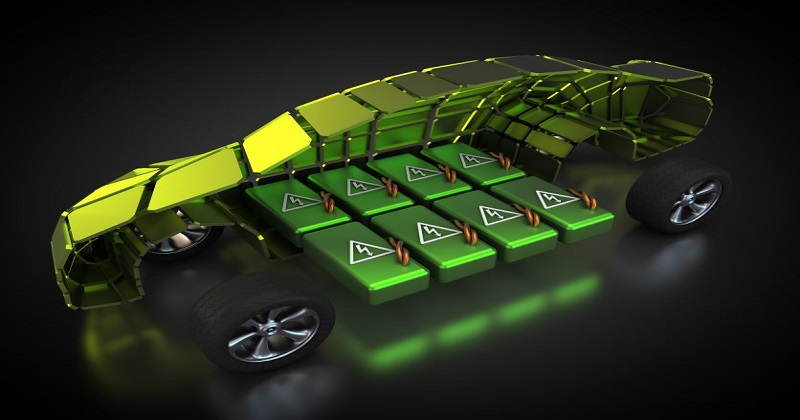
A lithium-ion battery that organises its particles using copper and copper nanowires may charge to 60% in 6 minutes without compromising its energy storage capacity. This more efficient battery might one-day power electric vehicles, allowing drivers to travel longer without having to wait as long for the car to charge.
Binding agents are employed in lithium-ion batteries to hold the particles together and provide a solid structure. This can lead to a thick battery fluid with irregular particle dispersion, which slows charging times. Thinner battery fluid particles are designed to charge faster, but they retain less energy. Yao Hongbin and his colleagues at the University of Science and Technology of China in Hefei created a lithium-ion battery with a structured anode, which serves as the battery’s positive end, to address these issues.

Anodes for lithium batteries are generally constructed of graphite particles through which charge passes, with the particles arranged in a random sequence. Hongbin and his colleagues classified the particles based on particle size and porosity (the number of spaces between particles). During routine testing, their batteries charged to 60% and 80% capacity in 5.6 and 11.4 minutes, respectively, while retaining excellent energy storage. To solve these issues, Yao Hongbin and his colleagues at the University of Science and Technology of China in Hefei created a lithium-ion battery with a structured anode, which serves as the battery’s positive end.
Anodes for lithium batteries are generally constructed of graphite particles through which charge passes, with the particles arranged in a random sequence. Hongbin and his colleagues classified the particles based on particle size and porosity (the number of spaces between particles). During routine testing, their battery charged to 60% and 80% in 5.6 and 11.4 minutes, respectively, while retaining high energy storage.

Post Your Comments